
Understanding Ocean Tides & Current
What Every Paddler MUST Know!
This is a must-know for any kayaker or paddle broader thinking about heading out into the ocean! Knowing how tides & currents affect your ability to paddle can make your adventure an awesome one, or completely ruin your day, even put you into grave danger!
What are Tides?
Tides vary from day to day both in timing and in height. The tides at a select location and time are the result of the gravitational forces between the Earth, Moon and Sun joined with the effects of the Earth's rotation and the depth of the oceans, seas, and estuaries.
As well as times, tidal heights vary from day to day as the relative positions of the Earth, Moon and Sun change.
(click to view)
Spring Tides (very high tides) occur shortly after a New Moon and a Full Moon, when the gravitational forces of the Sun and Moon reinforce each other, resulting in a higher than normal tidal range. Spring tides have nothing to do with the season but the meaning to "leap up." The largest spring tides occur shortly after the New Moon and Full Moon closest to the equinoxes; these tides are sometimes referred to as "Equinoctial Spring Tides." The spring equinox occurs around 20/21 March, and the autumn equinox occurs around 22/23 September.
Neap Tides (really low tides) occur shortly after the Moon is in its first and third Quarter when these gravitational forces act at right angles to each other resulting in a lower than normal tidal range. The name Neap is an old English word for "low" or "to nip."
What are Tidal Currents?
Tidal currents occur in conjunction with the rise and fall of the tide. The vertical motion of the tides near the shore causes the water to move horizontally, creating currents. When a tidal current moves toward the land and away from the sea, it “floods.” When it moves toward the sea away from the land, it “ebbs.” These tidal currents that ebb and flood in opposite directions are called “rectilinear” or “reversing” currents.
Rectilinear tidal currents, which typically are found in coastal rivers and estuaries, experience a “slack water” period of no velocity as they move from the ebbing to flooding stage, and vice versa. After a brief slack period, which can range from seconds to several minutes and generally coincides with high or low tide, the current switches direction, and increases in velocity.
Using Tides & Currents for Kayaking & Paddle Boarding
Looking at Tides & Currents the PDF, you can see that there are precise and calculated times that currents are strong and weak. This energy is very predictable and understanding them is essential in using them to your benefit when heading out to sea.
Let's say that you want to take an overnight adventure out to a small island off the coast. Knowing how these tides are currents will affect your paddling, planning and timing your adventure becomes critical.
Using the chart on the right, High Tide is at 11:10am. Now knowing what we know about Tides & Currents, the optimum time to launch on Saturday would be around 1:10pm, about two hours after High Tide. This would give you about two hours of the strongest outbound current flow that will have a positive effect on your paddling. Meaning, if you paddle 3 knots and the outbound current is 3 knots, then you'll effectively be traveling 6 kt/hr. If you choose to launch a little earlier around 10:10am, the tide would still be Slack and paddling 3 knots would move you roughly 3 kt/hr, so no additional help. And if you choose to leave around 8:10am in the morning during the strongest inbound current flow, you would have to paddle 6 knots to have a 3 kt/hr forward movement - twice as hard!
Additional Information
Final Notes:
Wind will play a role in your forward progress as well as different landscape obstacles. Wind: If the wind is at your back, it will be pushing you positively adding to your forward movement, and negatively affecting you if reversed. Landscape Obstacles: Islands, channels, etc. can also change the current speed. A classic example is a path between two land masses. Just like when you put your thumb over the end of a water hose when you move the same volume of water through a smaller opening, the speed can dramatically increase making it harder or easier for you to paddle.
This information is a summation of all the information I have gathered from my research and personal experiences and is provided for general information only and should not be relied upon in making any decisions as to when and where to kayak. There are far too many variables that can affect the actual tides and currents and your ability to pabble specific waters! Again, this information can be part of your homework but used as a general reference only. It is ultimately your responsibility to be safe on the water!
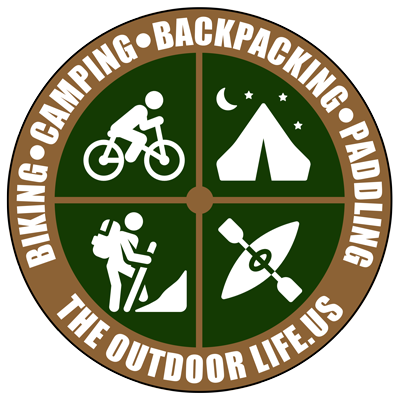

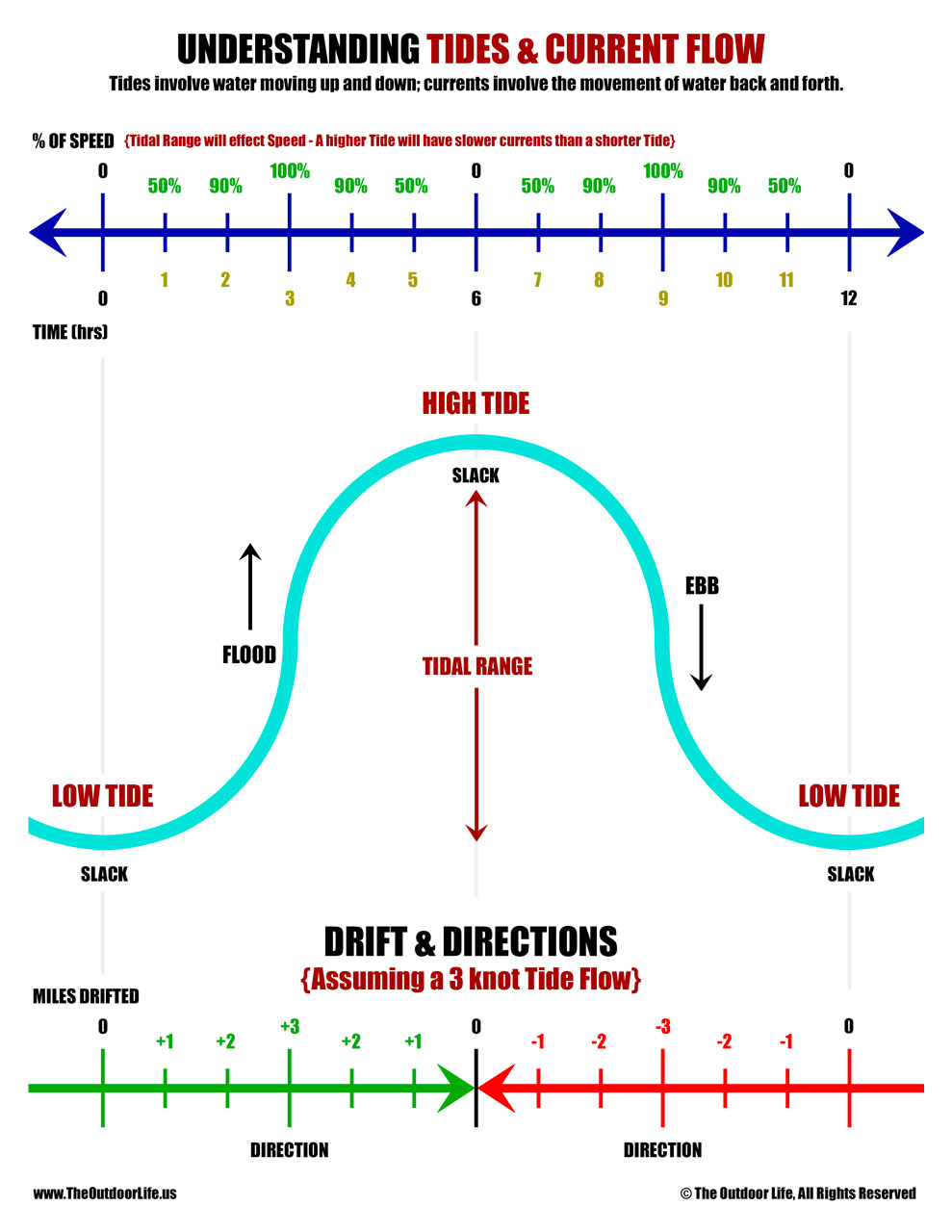
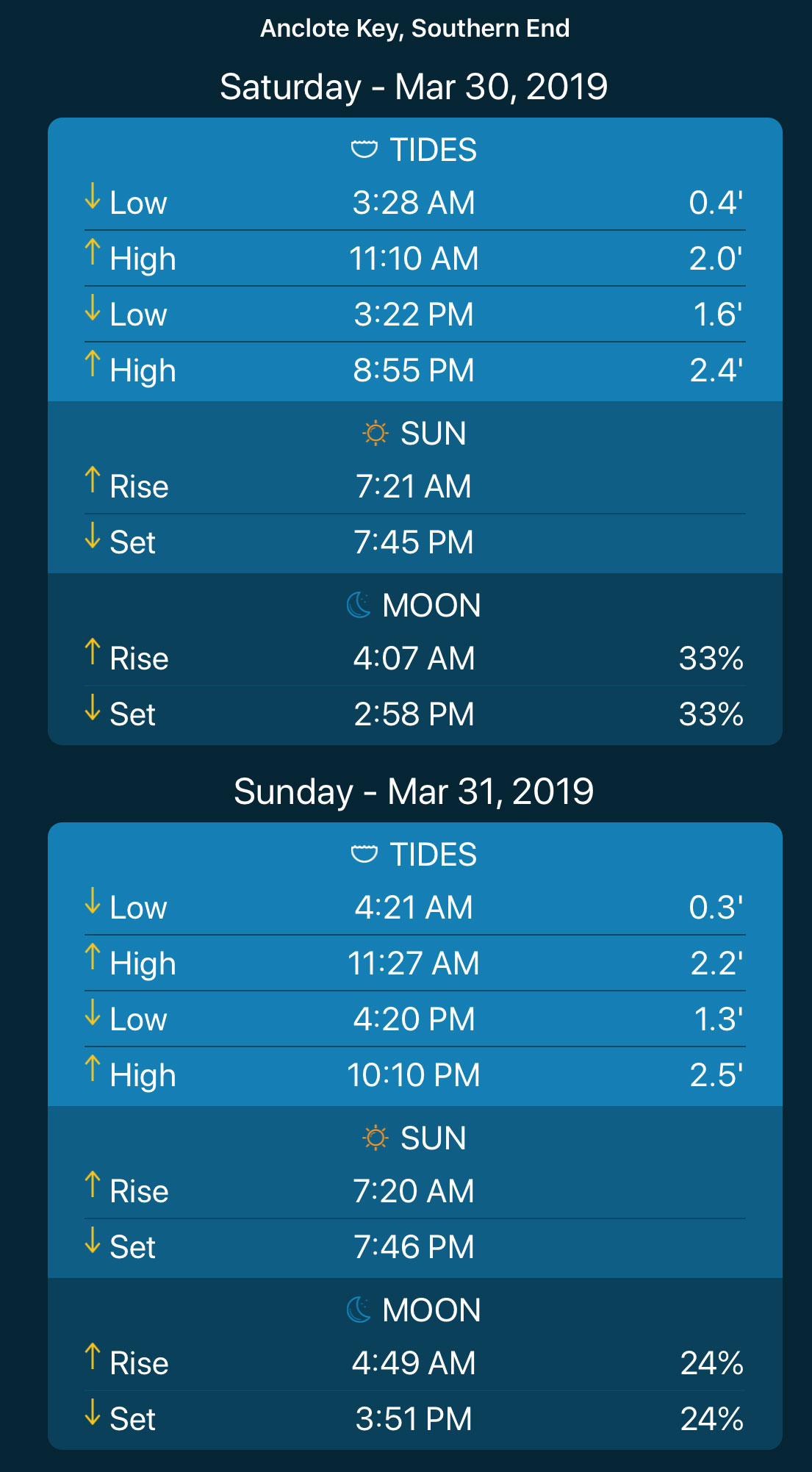



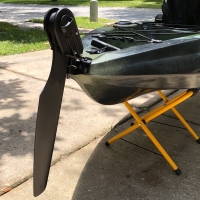
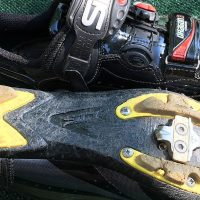




Hello,
I will like to use the pictures on this page for the presentation of my Ph.D thesis. Do you have any special license on these photos. How do I credit you as the source?